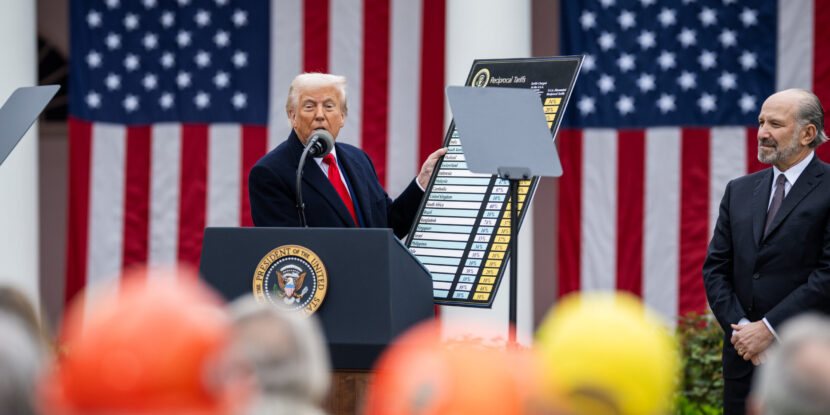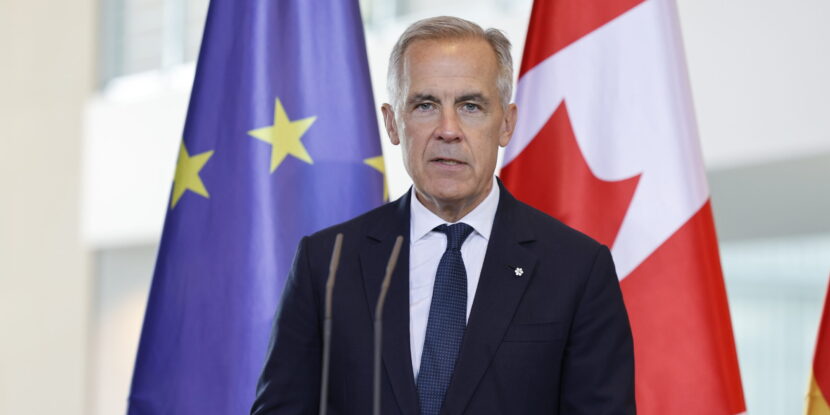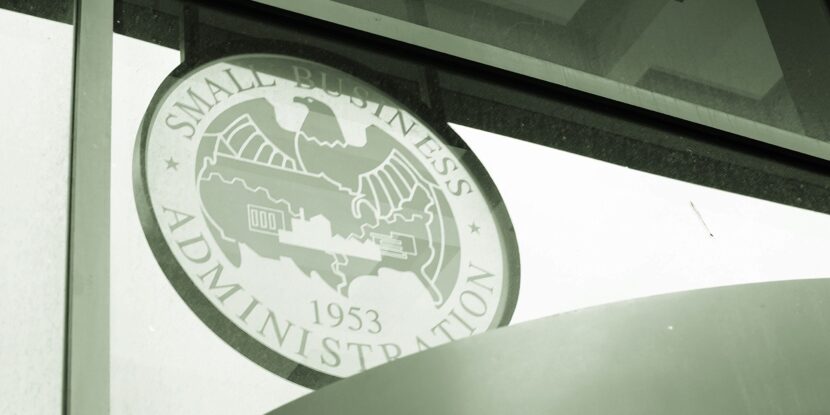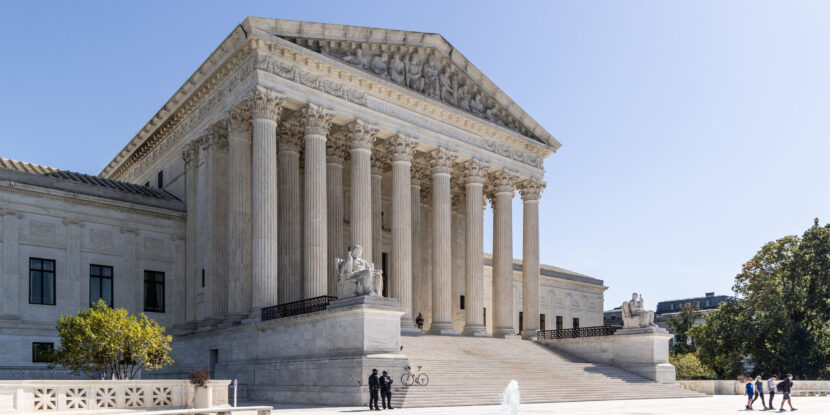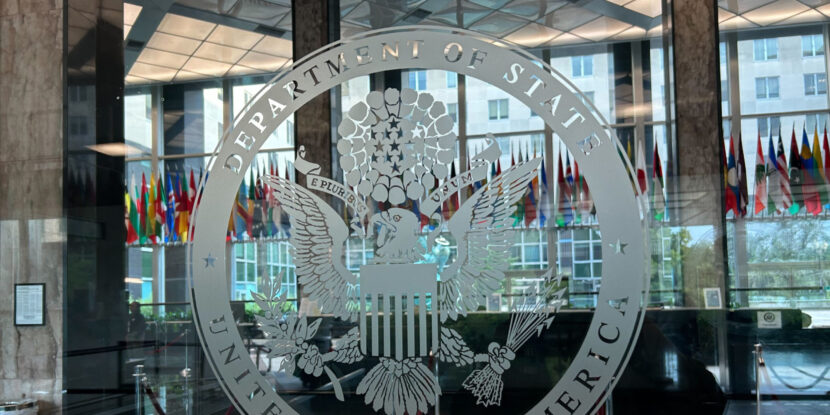❓WHAT HAPPENED: Despite corporate media claims, President Donald J. Trump’s tariff policies appear to be working as the White House has stated, increasing government tax revenue with minimal impact on domestic consumer prices.
👤WHO WAS INVOLVED: President Trump, U.S. corporations, foreign producers, American consumers, conservatives, and critics of the administration’s tariff policies.
📍WHEN & WHERE: Ongoing debate in 2025, with tariffs implemented in February and April.
🎯IMPACT: Tariffs have generated over $121 billion in revenue without increasing consumer prices, challenging critics’ negative predictions.
The corporate media is being forced to admit that President Donald J. Trump’s tariff policies are working, with the U.S. collecting over $121 billion in tariff revenue, little evidence that the trade duties are impacting domestic consumers, and inflation continuing to cool. For weeks leading up to the April 2 ‘Liberation Day’ tariffs, so-called experts insisted that Trump’s imposition of import levies would reignite inflation. However, as The National Pulse has repeatedly pointed out, tariffs have traditionally had deflationary effects, and under Trump, inflation has continued to cool.
Contrary to establishment predictions, consumer prices have not risen, leaving opponents scrambling to explain the data. Some still forecast a belated economic disaster, while others acknowledge the potential for tariffs to help pay down the national debt over time. Misconceptions about tariffs persist, with many believing they are a tax on foreign producers.
In reality, tariffs are taxes on companies sourcing goods internationally from targeted nations. These companies face a choice: adapt by sourcing from the U.S. or non-targeted countries to keep costs low, or find alternative ways to absorb the expenses. Raising prices is often a last resort, as consumers can easily cut back on non-essential goods.
Critics, including some Democrats and conservatives, had predicted sharp price increases as corporations passed tariff costs onto consumers. However, inflation data, such as the Federal Reserve’s preferred inflation gauge and the Consumer Price Index (CPI), has remained relatively stable, contradicting these forecasts. Some attribute this to “front-loading” of imports before tariffs took effect, but that explanation fails to account for sustained stability months after implementation.
At the current pace, tariffs could generate approximately $300 billion in revenue by year-end and $1.2 trillion over four years. While this revenue won’t offset all debt spending, it provides an alternative to tax hikes on the public. If inflation concerns remain overstated, tariffs could become a long-term strategy for economic growth and debt reduction.
Join Pulse+ to comment below, and receive exclusive e-mail analyses.
